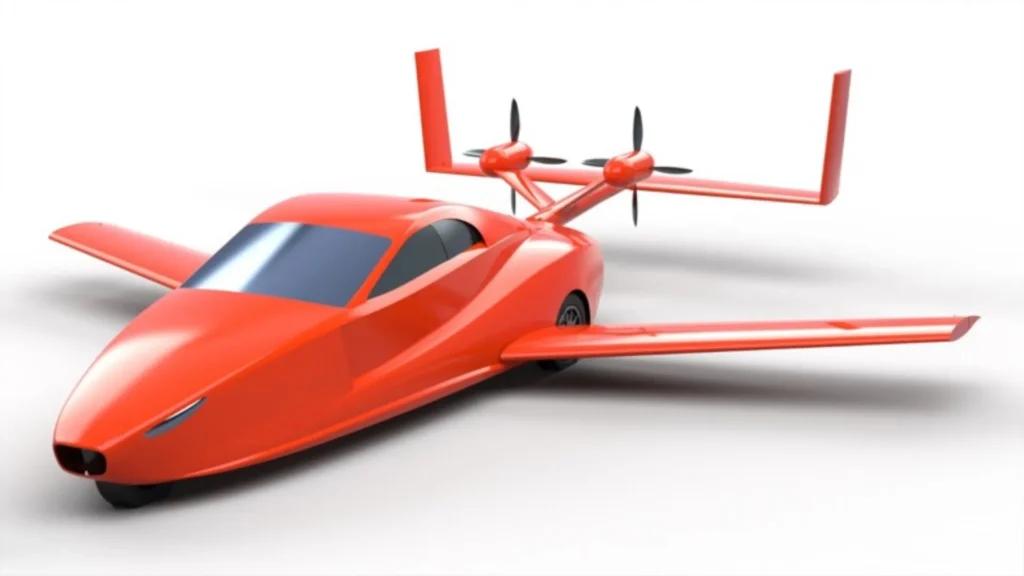
Switchblade flying car to feature aerodynamic improvements
It now has a wing area increased by 147%, improving flight stability and preparing the vehicle for spring testing.

It now has a wing area increased by 147%, improving flight stability and preparing the vehicle for spring testing.

Despite the tractor's age, it managed to increase its speed from 24 km/h to 37 km/h after the electric conversion.
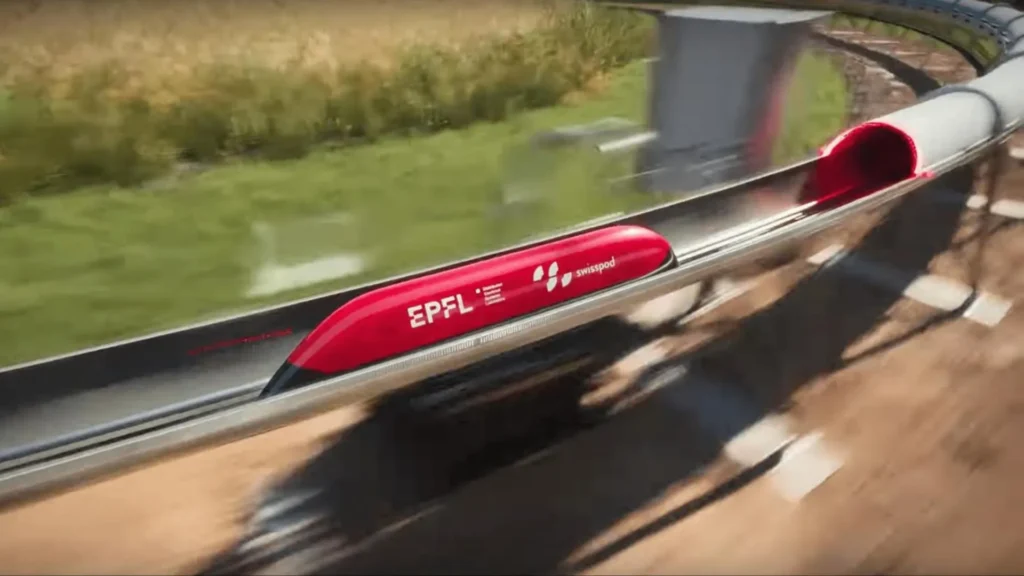
In the record-breaking Hyperloop test, the scaled module reached a speed equivalent to travelling from Geneva to Bern in just 17 minutes.
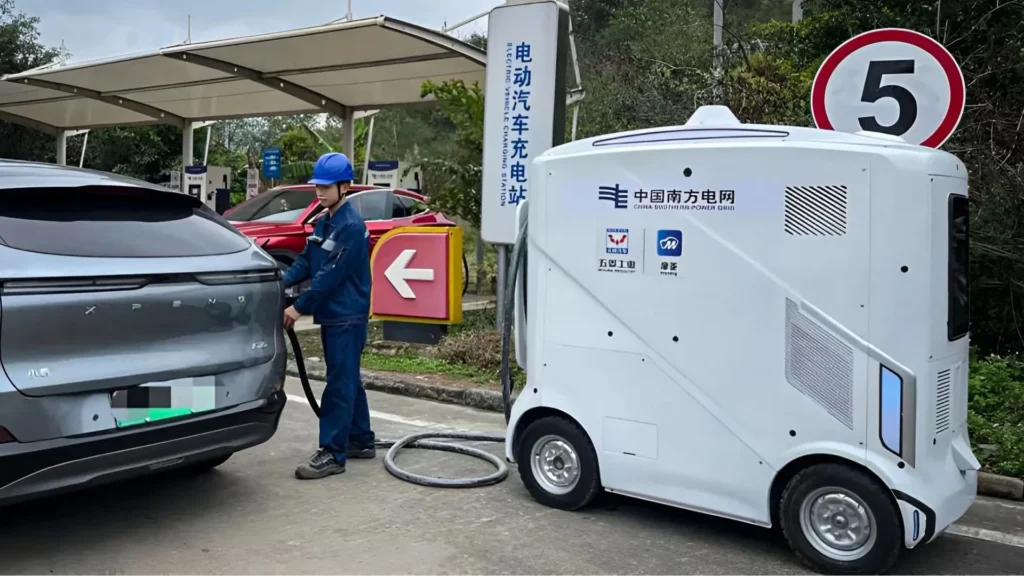
The mobile charging system is offered in different configurations that can adapt to many types of users.
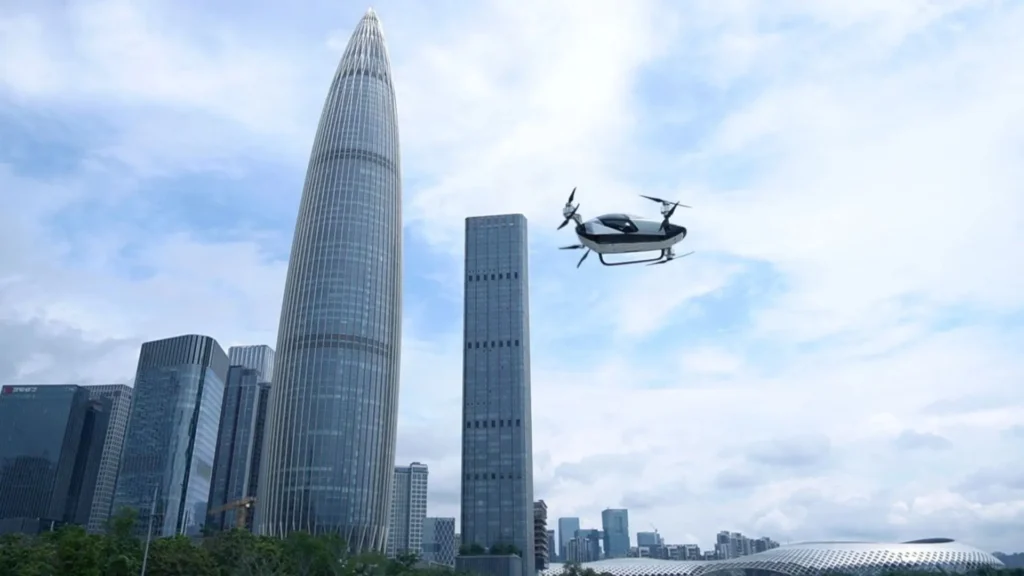
The plant will have a capacity of 10,000 units per year and sustainable technology.
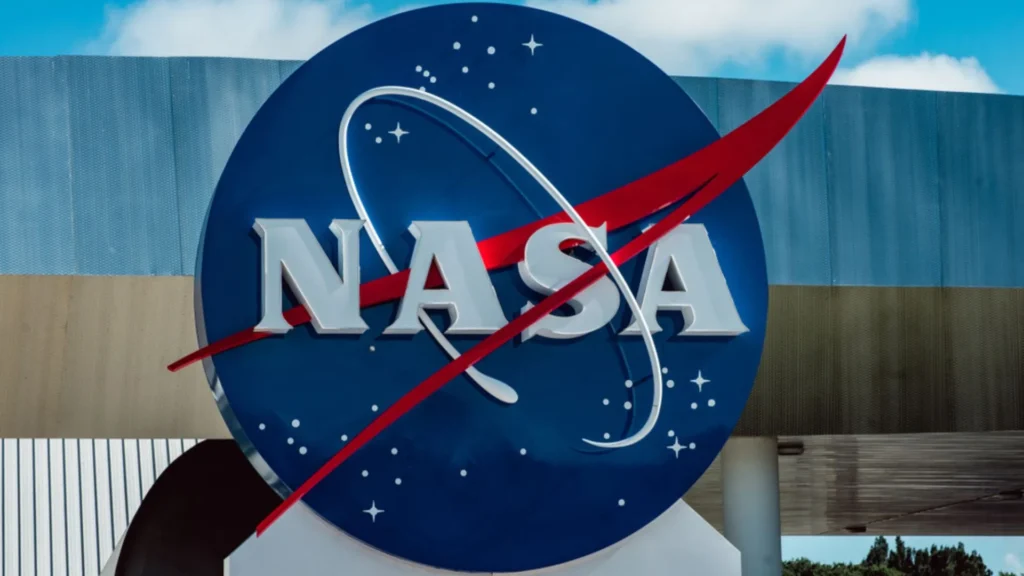
The contract features a hybrid scheme that allows for flexibility in delivery and a potential duration of five years.
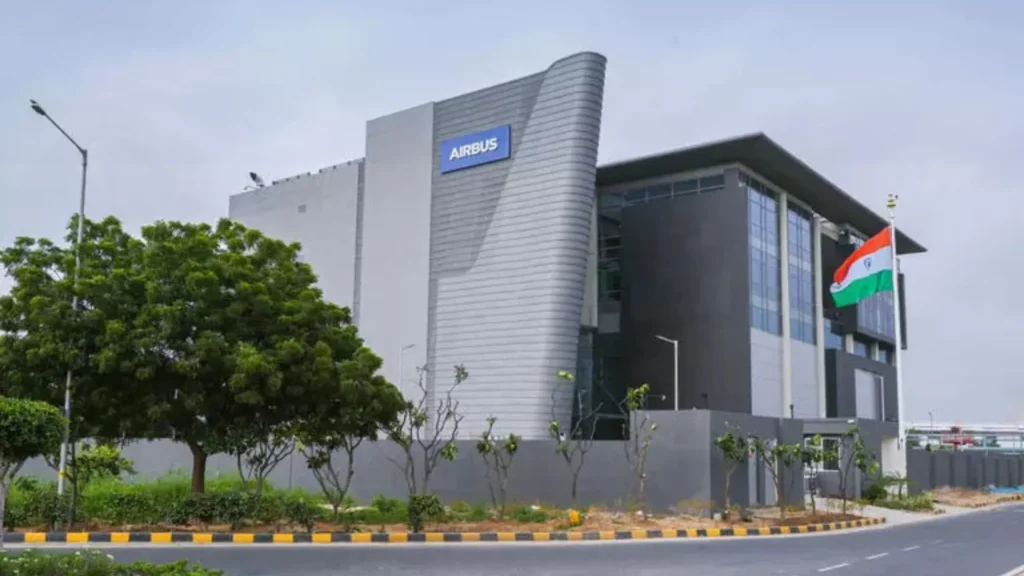
The facility includes an advanced training centre with flight simulators for the A320neo.
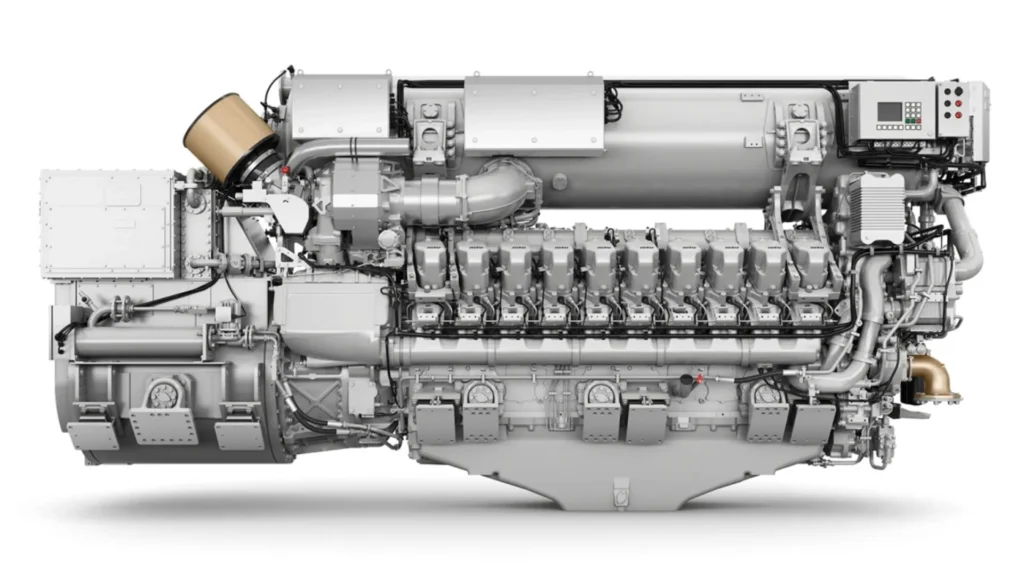
The company has developed a 20-cylinder MTU subsea charging generator and a new automation system.
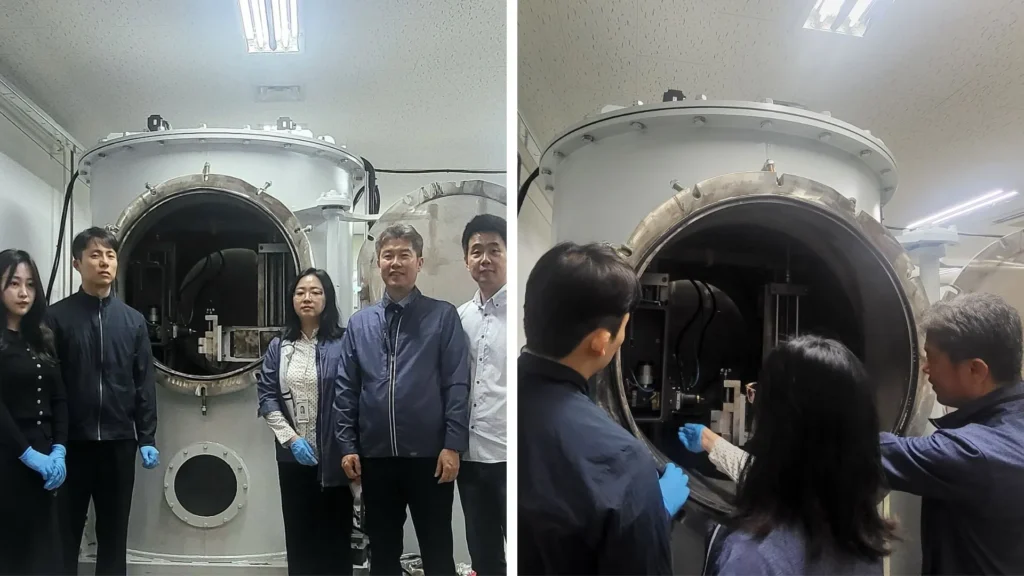
This breakthrough would optimize the growing demands for safe decommissioning of nuclear plants.
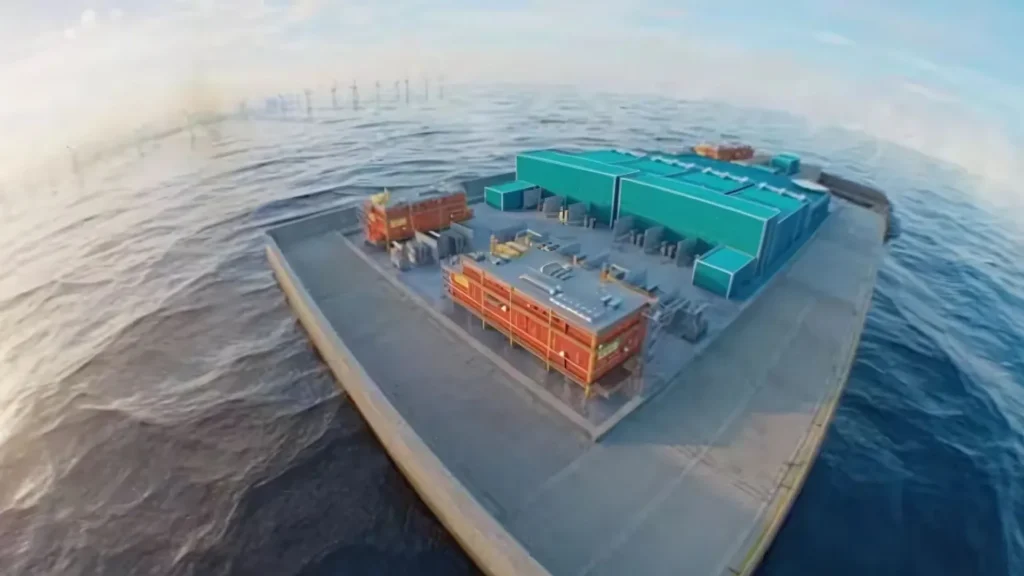
Princess Elisabeth Island is an infrastructure project that will interconnect the Belgian electricity grid with other European countries, including the United Kingdom, Germany and Denmark.

Sindalah will welcome up to 2,400 visitors a day by 2028 and is home to 45 species of fish unique to NEOM waters.
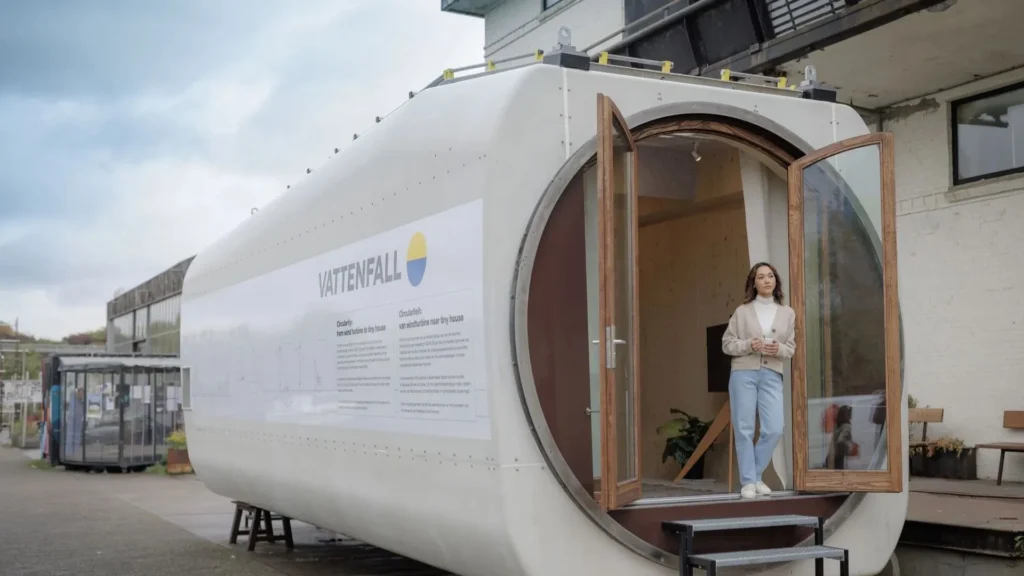
A turbine nacelle that generated energy for 20 years has now been converted into a fully functional and sustainable tiny house.